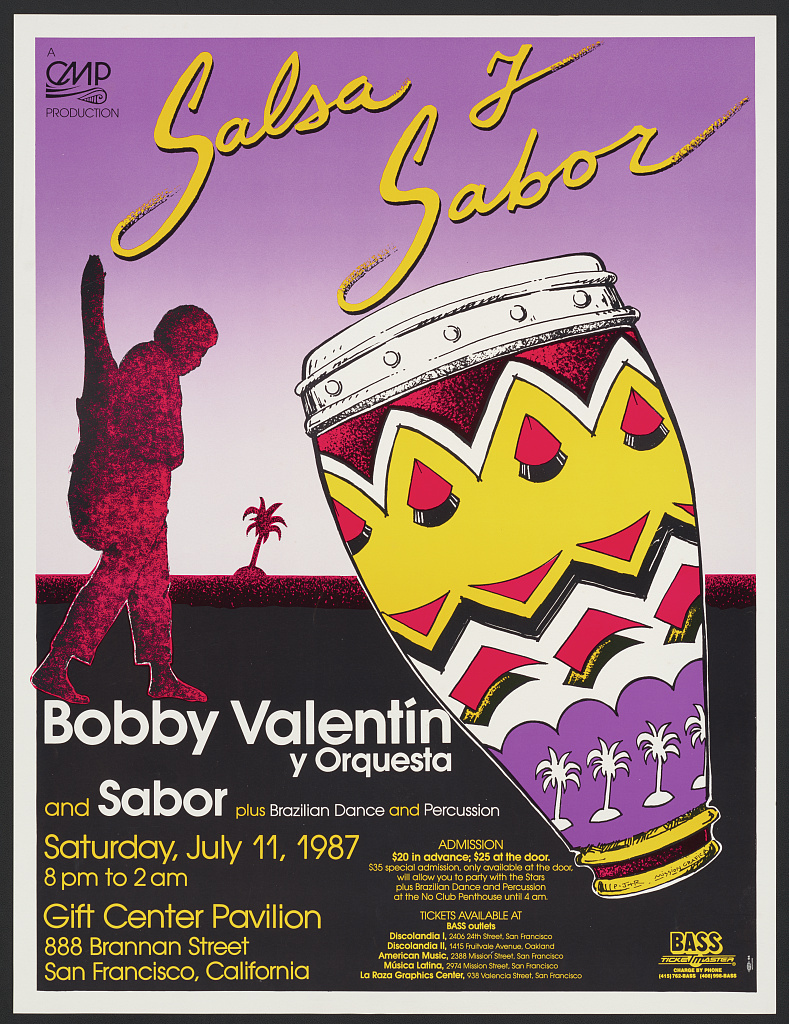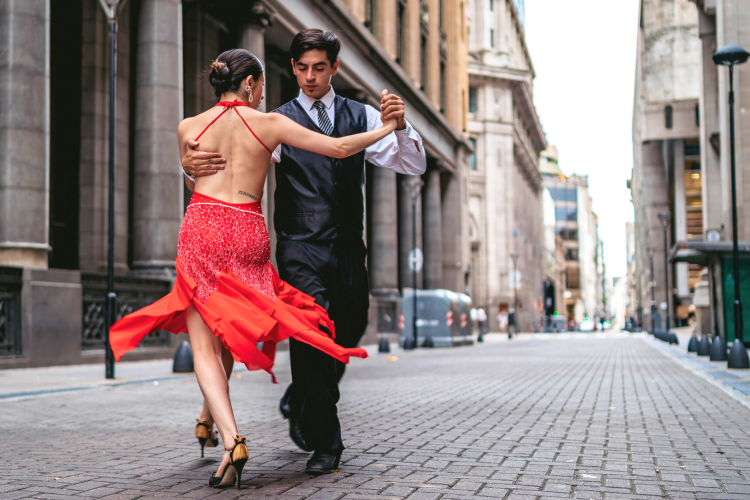More About Dance Fridays
Things about Dance Fridays
Table of ContentsThe Only Guide for Dance FridaysThe Only Guide for Dance FridaysA Biased View of Dance FridaysGetting My Dance Fridays To WorkThe Ultimate Guide To Dance FridaysEverything about Dance FridaysThe Best Strategy To Use For Dance Fridays
The major distinction that identifies the Miami-style from various other North American designs is the "Atras" or "Angled", back damaging steps executed backwards diagonally rather than moving forwards and in reverse as seen in the New york city design. Dancers do not move their body weight substantially as seen in other designs. Rather, professional dancers maintain their upper body still, poised and kicked back, concentrating on foot motion.A significant distinction in between Cali Design and Miami-style is the last is specifically danced on the downbeat (On1) and has elements of sparkles and show-style contributed to it, adhering to repertoires of North American designs. Miami-style has several followers, particularly Cuban-Americans and other Latinos based in South Florida. In the 1950s, Salsa Rueda or a lot more accurately Rueda de Gambling establishment was established in Havana, Cuba.
Several of the actions include swiftly swapping companions. "Rueda de Miami" come from in the 1980s from Miami, is an official style with many rules based on a mix, and is a hybridization of Rueda de Cuba & North American dance designs, with some routines reflecting American culture (e.
Coca-Cola, Dedo, Adios) which is not found in located traditional Cuban-style Conventional (salsa dancing club san francisco). Cali is also known as the "Capital de la Salsa" (Salsa's Funding); due to salsa songs being the major style in parties, clubs and events in the 21st century.

Indicators on Dance Fridays You Need To Know
They consist of different acrobats such as partnered turns to amuse with these jaw going down stunts. Their maneuvering is complex and exact, assisting numerous Colombian Style dancers win significant world champions. Cali hosts lots of annual salsa events such as the Globe Salsa Cali Celebration and the Encuentro de Melomanos y Coleccionistas.
Researchers in the natural scientific researches examined the math of salsa dance actions. In the social scientific researches, scientists have actually studied salsa dance to recognize, for instance how the Latino identification is attached to salsa dance.
Centro Journal. Fetched 2023-05-26. Salsa Vida.
Salsa Vida. 26 June 2023. Obtained 5 October 2023.

The city of musical memory: salsa, record grooves, and popular society in Cali, Colombia. Salsa Vida SF. The Journal of Popular Society.
5 Easy Facts About Dance Fridays Explained

54 (5 ): 9991024. doi:10 - salsa dancing club san francisco. 1108/EJM -08 -2018 -0565. ISSN0309-0566. S2CID216399732.
Something failed. Wait a minute and try once more Try again.
5 Easy Facts About Dance Fridays Described
We're chatting about the dance, not the scrumptious South American spice. The beginnings of words "Salsa" as the name of a dancing has actually been a source of debate for years. One of the most prominent (and possibly approved) concept is that Cuban and Puerto Rican artists in New york city created the expression in New York in the 1970's, to define the spicy combination of songs they were developing out of the rhythms and themes of Cuban son montuno, guaracha, chachacha, mambo and bolero.